The Vetera Pondera in Hispania team has made a presentation of the project in the latest issue of the numismatic journal OMNI. In it we explain the objectives and the development of the project, but also a section where the information that can be obtained from the detailed analysis of the contexts in which the pieces were found is exemplified. These data are fundamental for understanding the development of weight systems in the Iberian Peninsula and how they were adopted by the indigenous population. Furthermore, it also allows us to understand the modifications that took place after the imposition of the Roman standard.
Access to the publication: https://www.wikimoneda.com/OMNI/revues/OMNI17/OMNI17_6.pdf
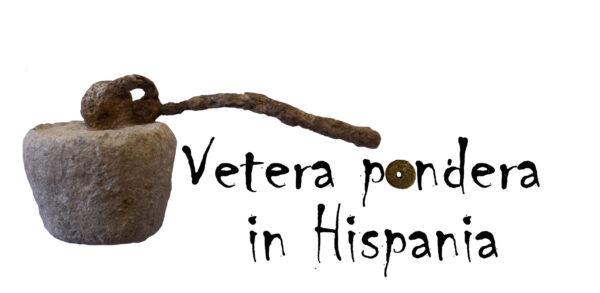
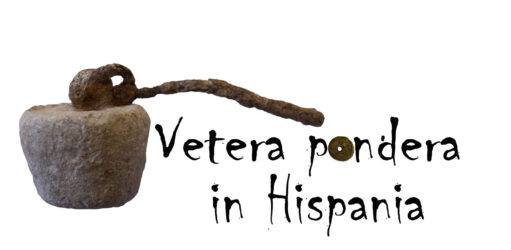
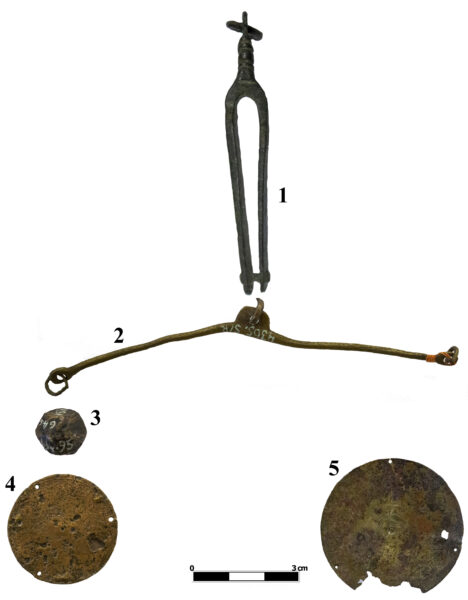
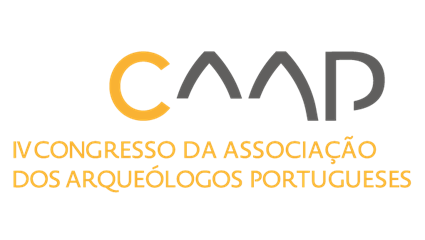
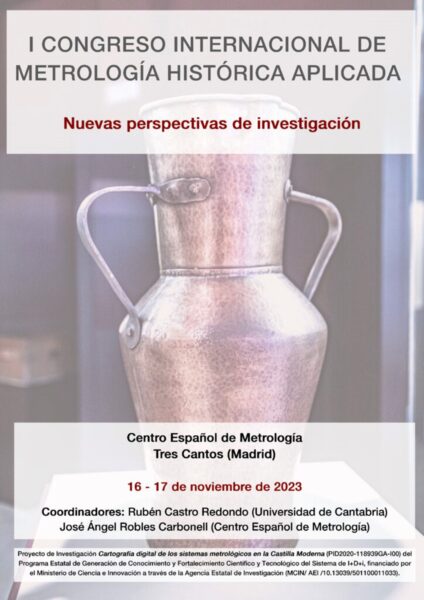
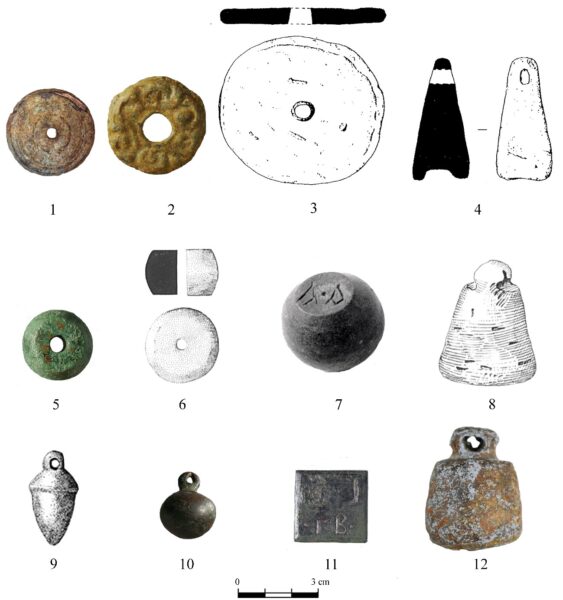
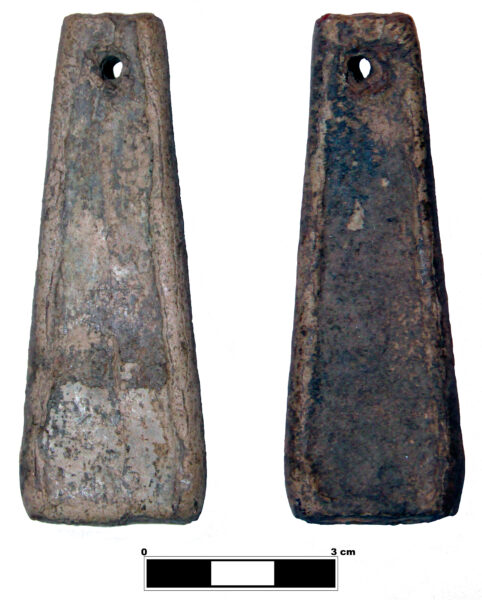
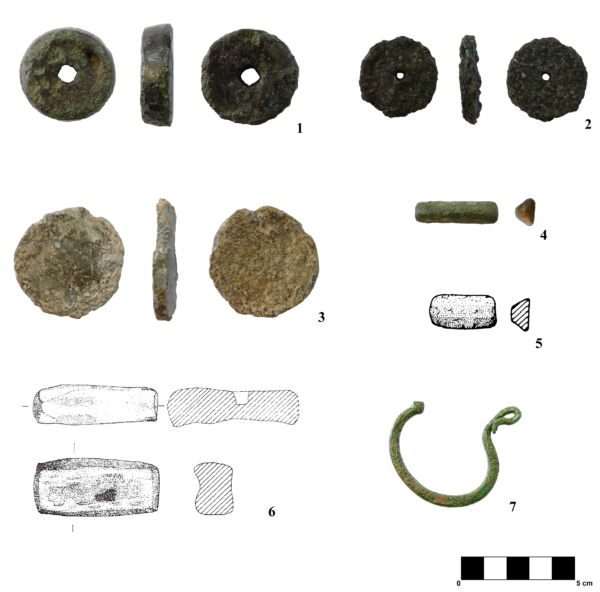 Weight set found in El Raso de Candeleda (Ávila) (Barrios y González, 2019: 7, fig. 4).
Weight set found in El Raso de Candeleda (Ávila) (Barrios y González, 2019: 7, fig. 4).